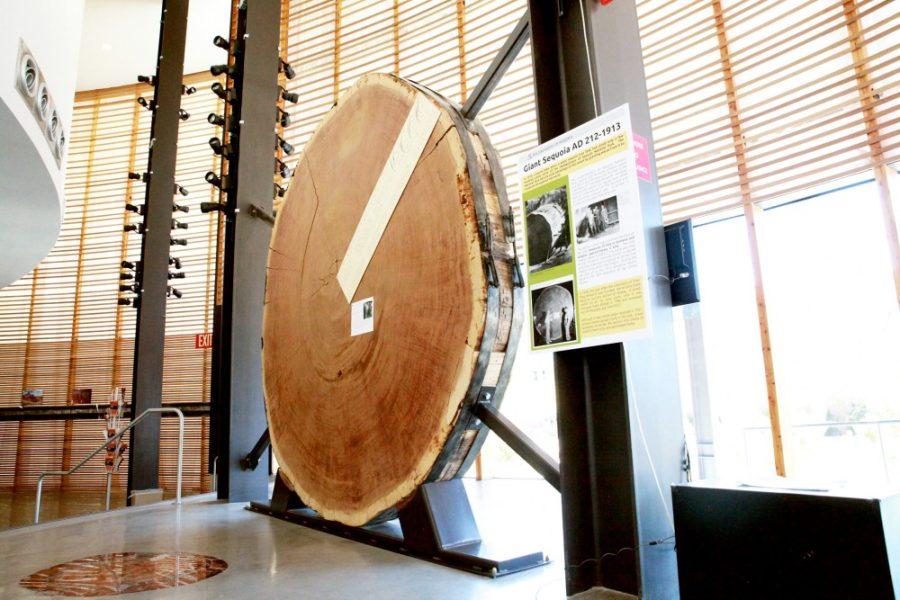Guests will get the chance to learn about tree rings, Big Foot and more during four days of graduate student-hosted events this week.
EarthWeek, which is being held on campus this week, is being hosted by the School of Earth and Environmental Sciences for the fifth year in a row.
The events, organized entirely by graduate students, feature oral presentations, poster sessions and a keynote speaker.
Michael Stovern, an atmospheric sciences graduate student and co-chair for EarthWeek, said that the event was created to combine individual events hosted by each Earth and Environmental Sciences department.
“Each of the individual departments tended to have long-running symposiums,” Stovern said. “We brought them all under one banner.”
Including a joint collaboration among the different departments of the SEES, each individual department will have its own day of events, beginning today with the Laboratory of Tree-Ring Research’s “Tree-Ring Day” in the new Bryant Banister Tree-Ring Building.
“El Día de Agua,” presented by the department of hydrology and water resources, will be held on Wednesday. “AIR,” hosted by the department of atmospheric sciences, “GeoDaze,” hosted by the department of geosciences, and “SWESx,” presented by the department of soil, water and environmental sciences, will all be held on Thursday. Each of these events will be held in the Student Union Memorial Center.
At the Plenary Poster Session on Friday, graduate students representing each of the departments will present about 100 posters, preceding the main keynote speaker, Dr. Marcia McNutt, editor-in-chief of the academic journal Science.
The keynote speech at the end of EarthWeek will be relevant to all of the SEES departments, Raman said. McNutt’s session, “Entering the Era of Geosciences,” will take place after three student speakers are awarded monetary prizes for their research poster presentations.
Alexis Arizpe, a graduate student studying natural resources and tree-ring research, will present a poster on previous research on recent “Big Foot” sightings.
“This is an opportunity to showcase research for each of the departments … in a way that is more accessible to the public,” Arizpe said.
Stovern said that the goal for EarthWeek is to inform the public about the research being done at the UA.
“With all of the research dollars being spent, there is a plethora of different research field campaigns,” Stovern said. “This is more or less a showcase, not only to the UA community, but the community as a whole.”
EarthWeek is a great platform for funding resources and networking, Raman said, as well as a chance for people from outside of the UA to come and take a look at the science being done at the university.
“This gives an opportunity to learn about other departments and how we can improve interdisciplinary research and opportunities in different departments that might be relevant to us,” Raman said.
As graduate students lead, operate and run every aspect of EarthWeek, Stovern said that the event also showcases the enthusiasm and excitement of graduate students for their work on a larger scale.
“Most of our time is spent working toward our research without many people knowing what we’re trying to do,” Stovern said. “It’s a great way of us getting our work out there for the world to see.”









